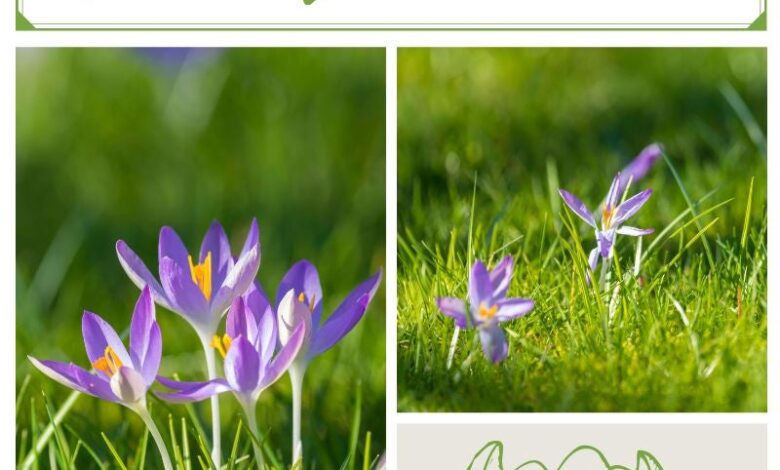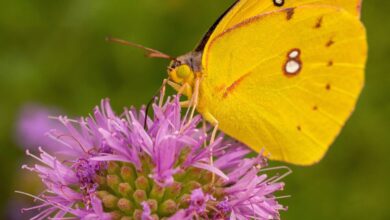Spring Flowering Bulbs for Easy, Early-Season Color

[ad_1]
Spring flowering bulbs are an excellent source of early season color in the landscape. Often among the first plants to awaken and begin flowering, spring bulbs are able to produce a brilliant display before most other warm season species have started to put on new growth.
Small Spring Flowers
While the majority of gardeners are already familiar with popular bulbs, like tulips and daffodils, several smaller types of plants are often overlooked. Spring flowers like Scilla and Muscari are just a few examples of such diminutive blooms. Still, Crocus will always remain as one of my absolute favorite spring flowering plants.
In my own yard, Crocus is the very first flower to begin blooming. Much before any of my other bulbs have started to even push through the soil, it is not uncommon to find that established drifts of Crocus have already pushed themselves through the snow. These low-growing perennials make an excellent addition to garden beds near driveways and walking paths, as well as in mixed borders. Where conditions are ideal, Crocus bulbs will multiply and begin to naturalize quickly. This is especially beneficial to gardeners like me, who hope to create large swaths of blooms. Crocus have long been celebrated for their ability to spread and blanket entire lawns or large meadows over the course of only several years.
Growing Crocus
Though there are several known species of Crocus, only a handful of them are readily available to home gardeners. While the plants are only available in a limited range of color, growers are often pleased to find that the blooms are immensely vibrant, making them quite eye-catching to passersby. Crocus flowers bloom in shades of white, yellow, lavender, and deep purple. Bi-color purple and white varieties, like “Pickwick” and “King of the Striped” are among my own personal favorites.
The best type for the landscape is often referred to as large Dutch Crocus. Like most spring flowering bulbs, the best time to plant this species of Crocus is in the fall. This is necessary as the bulbs will require at least 10-12 weeks of cool temperatures in order to initiate flowering. Crocus should be planted in locations which receive full sun in early spring. Most will have already started to bloom before any deciduous trees have started to break bud, Crocus is well-suited to planting near the base of trees or in areas covered in light or dappled shade during the summer.
After the plant has finished flowering, make certain to leave its petite foliage intact. This will allow it to continue to gather energy for the next growing season. As summer approaches, the plant’s leafy growth will begin to die back naturally. At this time, lawns and flower beds can be trimmed back and tidied.
Though Crocus seldom experiences issues related to insects or disease, they are not resistant to deer and other smaller animals. In gardens frequented by rabbits, Crocus blooms may disappear before they even have a chance to open!
[ad_2]
Source link






